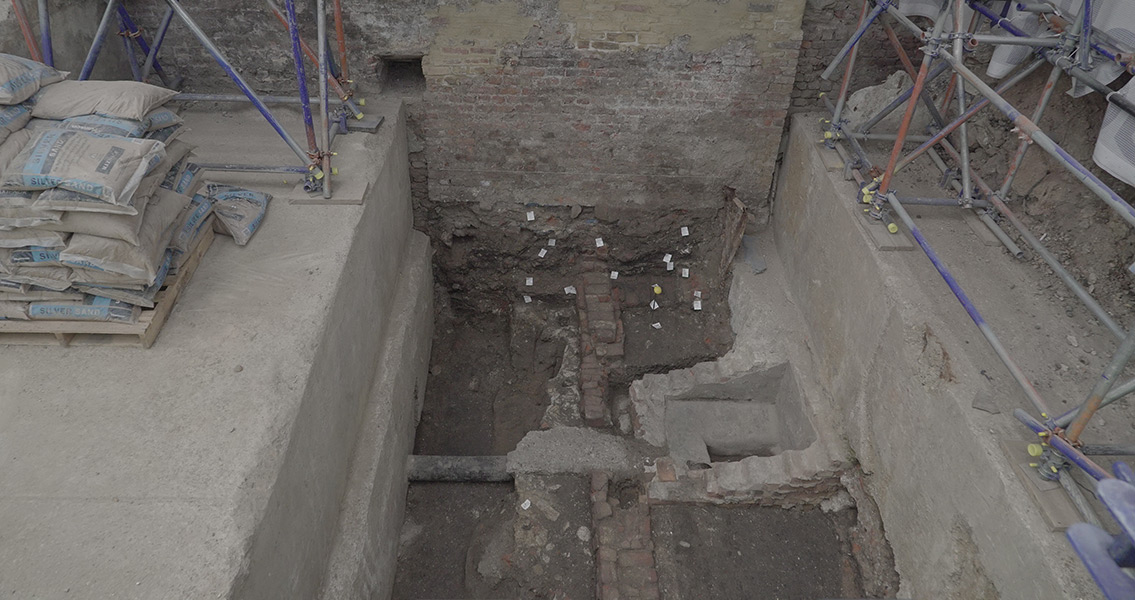<![CDATA[New excavations into the remains of the Curtain theatre in London have revealed design features that might have influenced the direction of one of Shakespeare’s most celebrated plays. The foundations of the theater, named not for an actual curtain but from Curtain Road in Shoreditch, indicate that the stage was significantly longer and narrower than is to be expected from a theater constructed during England’s Early Modern period. The Curtain itself, according to its foundations, was rectangular, complete with a 14-meter-long and five-meter-deep stage – vastly different from the Rose and the Globe, the two more famous Shakespeare theaters on the South Bank in London. According to an article in The Guardian, researchers found additional unique features of the Curtain’s stage, including what could have been a tunnel that ran beneath it to allow actors to pass from one side to the other undetected. The innovation could have led to Shakespeare – and other playwrights of his day – writing plays with the capabilities of the Curtain in mind, according to Museum of London Archaeology senior archaeologist Heather Knight. Knight remarked that with the Curtain stage so different from a typical thrust stage, which has places for the audience to stand on three of its four sides, the Shoreditch theater might have led to the development of new and interesting types of theatrical experiences. One of Shakespeare’s most beloved history plays, Henry V, is thought to have been first performed at the Curtain, though historical record is spotty. The famous line from the play’s prologue, where the Chorus describes the story as being portrayed in “this wooden O”, seems to contradict the idea that the Curtain was the first place Henry V was performed. However, historians have pointed out that the descriptive line simply may have been added to performances set in more traditional venues, and these versions of the play are the ones that have survived to this day. The excavation efforts are the first step in a massive development being undertaken in Shoreditch, including the construction of a mixed-use complex of apartments, offices, and retail space dubbed “The Stage” on the site of the Curtain. Detailed plans for the construction have been altered after the discovery of the Curtain’s foundations buried under a layer of gravel and rubble from a former Medieval monastery that had existed on Curtain Road at one time. It is common to find the ruins of many monasteries throughout England, especially from the period after King Henry VIII orchestrated England’s split from the Roman Catholic Church. In addition to the revelations of the size and dimensions of the theater, other artifacts have been discovered as well. Pieces of green-glazed ceramics, typically used as money-boxes for collecting entry fees from paying customers, have been found on the site; the possible remnants of costumes in the form of an assortment of pins and glass beads were also recovered. The new mixed-use office complex will incorporate a visitor center where archaeological finds from the Curtain will be on display. The center is slated for a 2019 opening date. ]]>
Archaeologists Discover Further Details of London’s Curtain Theater
